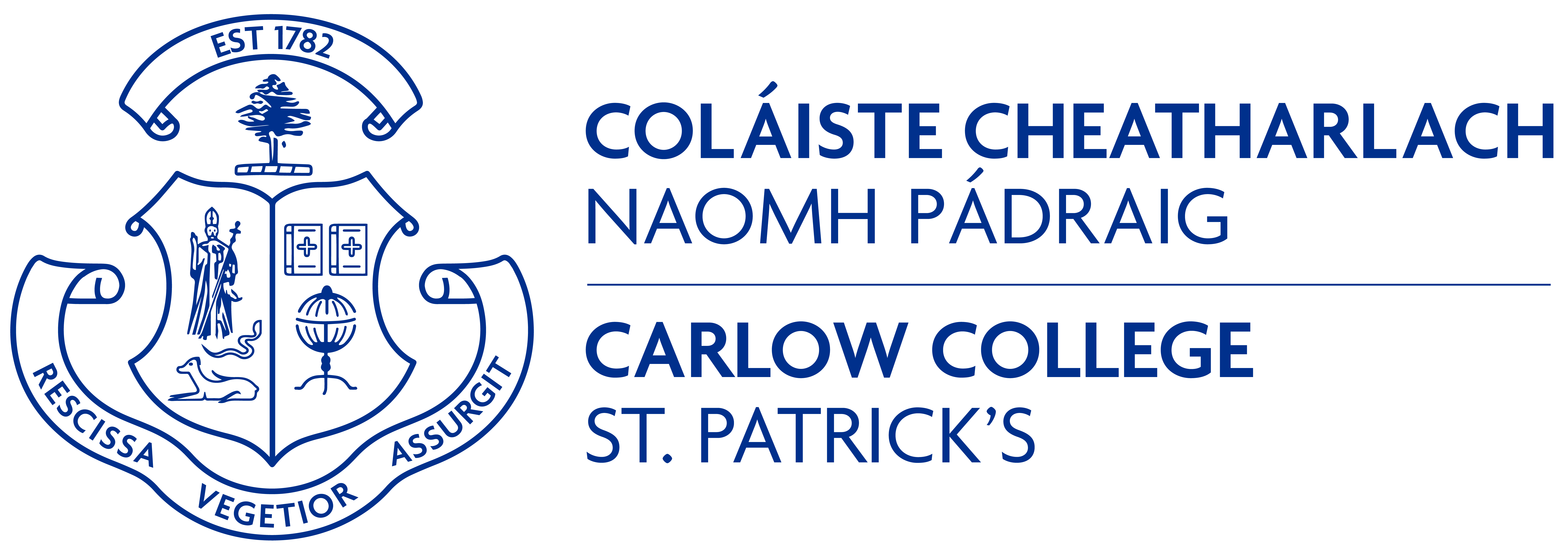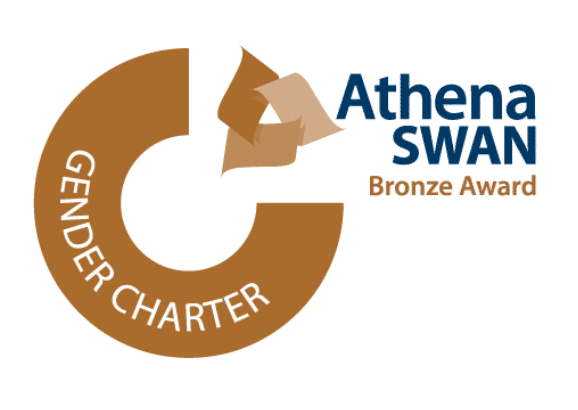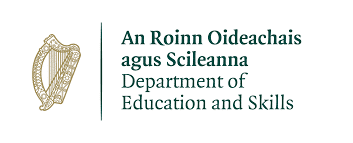The month of June sees the annual celebrations of Bloomsday, which commemorates James Joyce’s modernist masterwork Ulysses. Ulysses is a text to which I dutifully return again and again, but this year I was especially reminded of it as I was reading The Other Name: Septology I-11 (London: Fitzcarraldo, 2019), by the Norwegian Jon Fosse (translated by Damion Searls). This momentous novel is a single sentence (or at least it is a novel with no punctuation other than commas) and it immediately draws comparisons with Joyce, as have other contemporary rule-breaking stream-of-consciousness-type novels such Mike McCormack’s award-winning Solar Bones (2016) and Lucy Ellman’s wondrous Ducks, Newburyport (2019). But the Irish writer that Fosse is perhaps more comfortably referenced alongside is Beckett: Fosse’s inward, spare, hypnotic, repetitive narration slowly draws the reader into the existential and aesthetic crises depicted in The Other Name. Of course, almost all contemporary writers can be compared in some respects to either Joyce or Beckett (John Banville once said that for Irish writers, these were the only two available paths), or at least the influence of either of those two Irish modernists can be traced in some form in most literary fiction, so overwhelming has been their influence.
There is a history of literary and cultural exchange between Ireland and Norway, and Scandinavia more generally. Ibsen’s work was inescapable for any literary artist at the turn of the twentieth century. Joyce himself was wildly enthusiastic about Ibsen, seeing in him the supreme figure of the intellectually superior, valiantly aloof, modern artist fearlessly acting against social and artistic convention. In a letter to Ibsen, the young Joyce gushed that ‘in your absolute indifference to public canons of art, friends and shibboleths, you walked in the light of your inward heroism’.[1] In his stringent attack on the Irish Literary Theatre in the vitriolic essay ‘The Day of the Rabblement’ (1901), Joyce outlines his view of how the writer, in what he considers to be the example of Ibsen, must be detached from society and not court ‘the favour of the multitude’ for fear of being unable to escape ‘the contagion of its fetishism and deliberate self-deception’.[2] Joyce recognised in Ibsen’s work a common cause to expressing the truth of life through drama, at least as they saw it, and both sought, in admittedly different forms, to harness the power of this expression for themselves to rouse a dormant society: in an undergraduate talk on Ibsen at UCD in 1899, he told his fellow students that ‘life we must accept as we see it before our eyes, men and women as we meet them in the real world, not apprehend them in the world of faery’.[3]
Joyce took from Ibsen an idea of how the artist should be, but what George Bernard Shaw took from Ibsen was a lesson in what the artist should write. In The Quintessence of Ibsen (1891), Shaw narrowly conceives of Ibsen as a heroic moral crusader against a profoundly corrupted society; in Shaw’s logic, Ibsen’s ‘immoral’ literature, because it ‘does not conform to current ideals’, is actually entirely moral because it calls into question what we think of as moral.[4] Shaw turns the Quintessence of Ibsenism into an opportunity to expound on his own hatred of social convention and he includes an attack on the repressive regulation of sexuality in Victorian society, which Shaw argues is responsible for a kind of mass delusion, or ‘idealism’, that ‘forces(s) marriage and family life on the individual’.[5] Shaw appeared to understand Ibsen almost as a Nietzschean, Christ-like figure who will not be tolerated in his own time: those who do not accept ‘the presence of the traitor … will crucify him, burn him, violate their own ideals of family affection … ostracize him, brand him as immoral, filthy, profligate’.[6]
Shaw’s Ibsenite radicalism converges with the life and work of the Victorian ‘New Woman’ writer George Egerton, whose contribution in making developments in European modernism and literary culture known in both Irish and English letters is greater than is generally recognised.[7] Egerton’s fin-de-siècle radical feminism is consistent with that of Shaw’s and Ibsen’s. She herself lived something of a non-conventional life: at the age of eighteen she eloped to Norway with a bigamist, Henry Higginson, where she became familiar with the work of Ibsen and Strindberg. She remained there until Higginson’s untimely death a short time after, before she returned to London, where, among others, she would meet W.B. Yeats and become friends with Shaw. She wrote for The Yellow Book and produced four collections of short stories, including the highly controversial Keynotes (1893) and Discords (1894), and a novel The Wheel of God (1898), an important precursor to modernist narrative experimentation. Her brief time in Norway, where she immersed herself in Scandinavian literature and learned both Dano-Norwegian and Swedish, allowed her to read Ibsen, Strindberg and Ola Hansson in their original languages, and she brought their influences into her own writing when she returned to London. Remarkably, Egerton was the translator of Nobel Prize winner Knut Hamsun’s gloomy and pessimistic 1890 novel Sult (Hunger) – a favourite novel of my own – into English. Egerton’s influence on modernism was also perhaps felt in more subtle ways: Tina O’Toole has argued that Hamsun’s narrative style, with its emphasis on psychological realism, strongly influenced Egerton’s own writing, and that this style is an important precursor to Joyce’s technique in Ulysses.[8]
Fosse may be compared to Beckett, but not many would compare Beckett to Ibsen; his work is more obviously attuned to the Swedish playwright August Strindberg (who was hugely admired by Sean O’Casey). And although Beckett always denied any direct influence of Strindberg, he made a point of returning to see Stindberg’s The Ghost Sonata at the Théâtre de Gaîté-Montparnasse in 1949, which was directed by Roger Blin. Blin would later direct the first production of Waiting for Godot in 1953. Nonetheless, Ibsen abounds: James Knowlson, for instance, notes that Beckett’s first play, Eleutheria, was a parody of many conventional features of drama, including ‘figures sitting around an Ibsen-style room discussing the absent main character’, while the play also contains allusion to and echoes of, among others, Strindberg and Yeats.[9] Beckett, however, abandoned this play and considered it a failure. Other subtle echoes of Scandinavian art can be found in Beckett. Beckett had a highly visual imagination; his pre-war travels in Germany involved taking in a considerable number of art galleries, where he saw and admired many works by Edvard Munch. Indeed, Knowlson also suggests that Beckett’s short story ‘Assumption’, in which a young artist mired in silence eventually releases his emotions, is borrowed from the Norwegian’s famous painting: The Scream.[10] Echoes reverberate.
This blog contains some extracts from the article: Eoghan Smith, ‘Revivalism, modernism and beyond: Scandinavian influences on Irish literature’, Ireland and the North, ed. by Fionna Barber, Heidi Hansson and Sara Dybris McQuaid (Oxford: Peter Lang, 2019), 267-284.
[1] Stuart Gilbert, ed., Letters of James Joyce, vol.1 (London: Faber and Faber, 1957), p.51.
[2] James Joyce, ‘The Day of the Rabblement’, in James Joyce, Occasional, Critical and Political Writing, Kevin Barry, ed. (Oxford: Oxford University Press, 2000), pp.50-2.
[3] Ellsworth Mason and Richard Ellmann, ed., The Critical Writings of James Joyce (London: Faber and Faber, 1959), p.45.
[4] George Bernard Shaw, The Quintessence of Ibsenism (New York: Dover, 1994), p.67.
[5] Shaw, p.11.
[6] Shaw, p.13.
[7] ‘George Egerton’ was the penname of Mary Chavelita Dunne (1859-1945).
[8] Tina O’Toole, ‘Keynotes from Millstreet, Co. Cork: George Egerton’s Transgressive Fictions’, in Colby Quarterly, vol.36, no.2 (June 2000), p.153. Egerton is also often credited as the first person to mention Nietzsche in English literature.
[9] James Knowlson, Damned to Fame (London: Bloomsbury, 1996), p.364.
[10] Knowlson, p.110.





